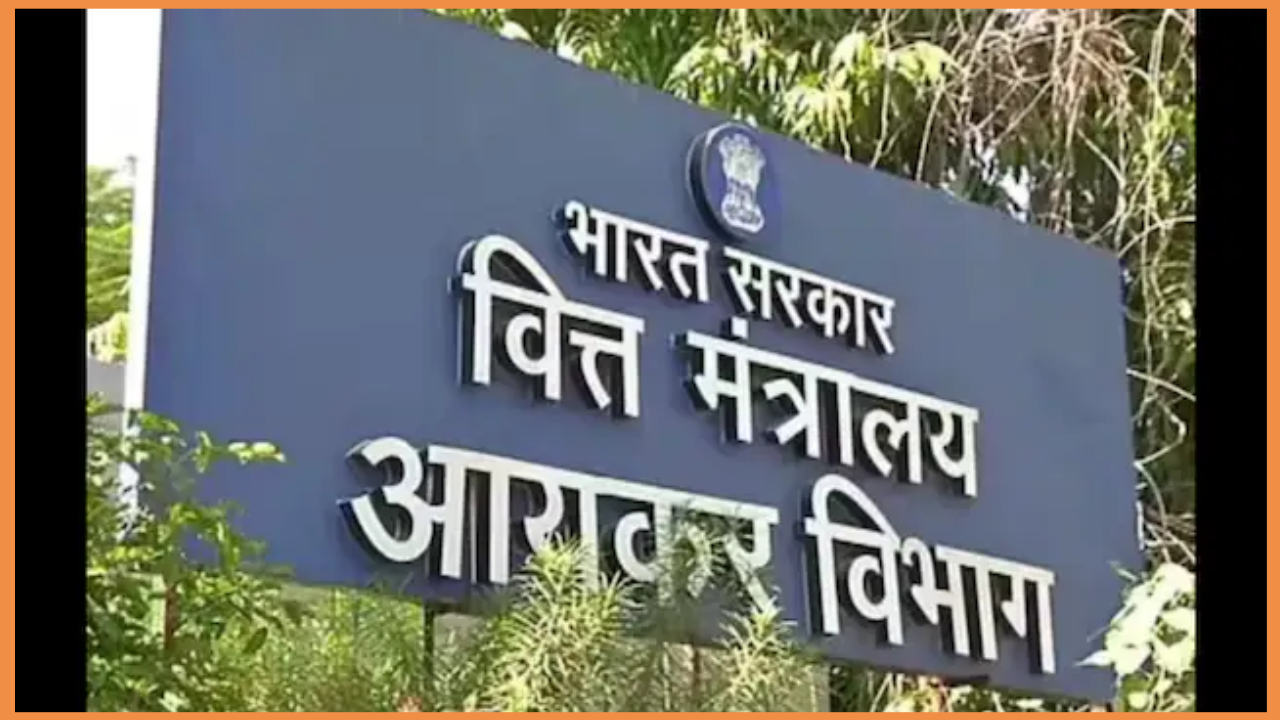An NRI in the US found himself in a tax predicament when selling his Pune property, facing a ₹46 lakh tax demand due to a buyer’s error in using the wrong TDS form. Despite the NRI following all proper procedures, the buyer deposited the 20% TDS using Form 26QB (for resident sellers) instead of the correct Form 27Q (for NRI sellers).
This seemingly minor error had major repercussions: the deducted tax of ₹18.68 lakh didn’t show up in the NRI’s Annual Information Statement (AIS). Consequently, he couldn’t claim the TDS credit when filing his Income Tax Return (ITR).
The Tax Notice and Departmental Resistance
Unaware of the buyer’s mistake, the NRI calculated his actual capital gains tax liability at ₹1.91 lakh and paid it as advance tax. However, with the missing TDS credit and no ITR filed for that year, the income tax department flagged him as non-compliant. In March 2023, they issued a notice under Section 148(b), suggesting income had escaped assessment.
Even after the NRI provided proof of his advance tax payment and transaction details, the department refused to acknowledge them. By March 2025, the tax officer issued an order demanding over ₹46 lakh in taxes and initiated penalty proceedings. Despite the buyer even producing a valid bank challan confirming the TDS deposit, the department stood firm, citing procedural constraints. Their Standard Operating Procedure (SOP) required the buyer’s written consent, an indemnity bond, and other supporting documents to rectify the TDS form. Even the bank faced delays in processing the buyer’s request.
Delhi High Court Sides with the NRI
Left with no other option, the NRI took his case to the Delhi High Court. The income tax department confirmed the tax deposit in court but still insisted that rectification wasn’t possible internally without the buyer’s cooperation. They argued this was necessary to prevent any future refund claims by the buyer for the deposited TDS.
However, the High Court questioned the need for the buyer’s consent when the TDS deposit itself was undisputed. The court ultimately ruled in favor of the NRI, stating:
“In the peculiar facts of this case, we consider it apposite to direct the Revenue to correct the record and reflect the TDS deposited by the buyers to the petitioner’s credit under the return filed in the Form 26QB with effect from the date the amount was deposited.”
The court further instructed the income tax department to calculate any refund due to the NRI and to consider all conflicting orders and communications as superseded.
Case Background
- 1998: NRI purchases property in Pune.
- March 2015: Buyer agrees to purchase the property for ₹2 crore.
- September 2015: Buyer deducts ₹18.68 lakh TDS (using the wrong form) and pays the remaining amount to the NRI.
- October 2015: NRI calculates tax liability as ₹1.91 lakh and deposits it as advance tax. No ITR is filed.
- March 2023: Income Tax Department issues notice under Section 148.
- March 2025: Department raises a tax demand of ₹46.8 lakh despite the NRI’s response and proof of advance tax.
This case serves as a crucial reminder for both buyers and sellers of property, especially when an NRI is involved, to ensure that the correct TDS forms are used to avoid significant complications.
